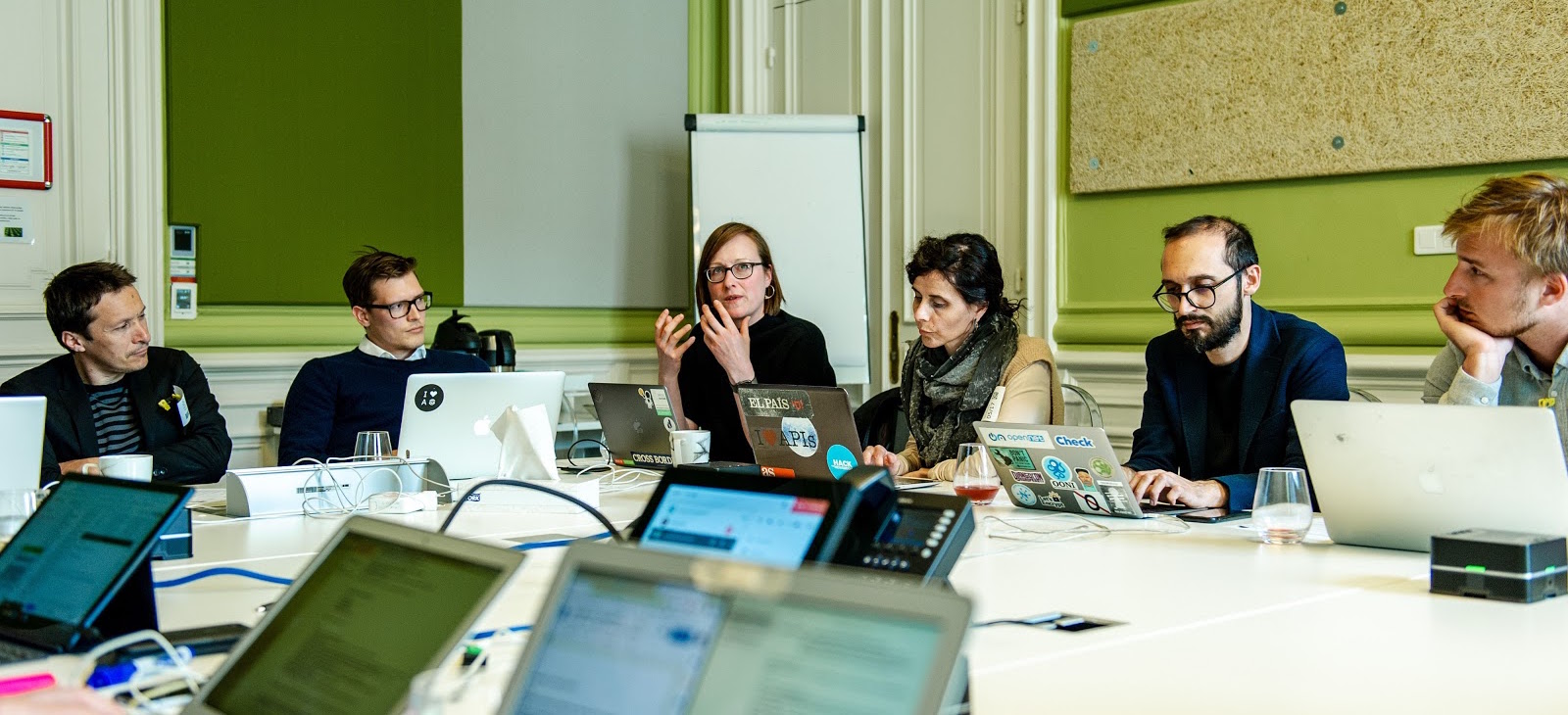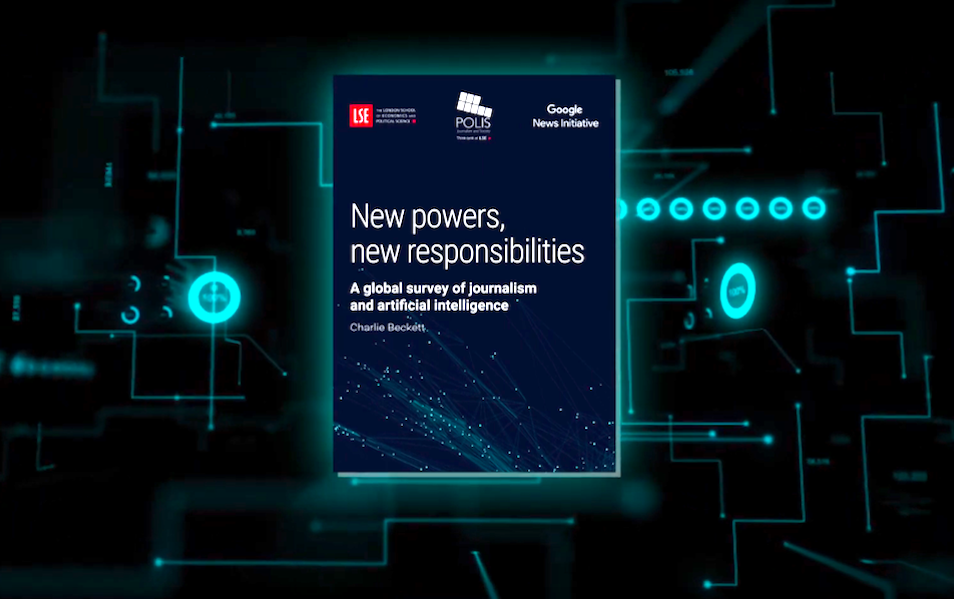This article is by Polis Visiting Research Fellow Ville Kinnunen of Finnish broadcaster Yle
Voice technologies are changing the way we use machines to access information. We already talk to several different kinds of machines to make them work for us. Talking is becoming the easiest way to command our devices due to the advance of Voice Assistant Technology or VAT, which means the ability of a machine or an application to understand natural spoken language and act according to our intentions.
In this new report undertaken as part of my Newsroom Research Fellowship at Polis, I have explored how voice assistance on smart speakers, smartphones, smartwatches and in smart cars is opening up possibilities for voice-delivered news and audio content.
The report has case studies of news organisations at the cutting edge of using VAT and suggestions for techniques, formats and marketing for how to improve the journalism as well as references for further reading.
Broadcasters and content producers may be able to use automation and machine learning to find the right forms of content and the right moments of the day to reach and secure new audiences. This research sits alongside Polis’s ongoing work into Journalism’s use of Artificial Intelligence in the news industry.
Already Abundant
Audio content is already abundant, and in order to be found and consumed, it needs to be searchable, discoverable, relevant and entertaining.
People seem to be wearing headphones wherever they go. Voice assistance and automation with new technologies can be the way for traditional broadcasters to reach young people and other hard to reach audience segments. At the same time traditional broadcasters need to be aware of the constant changes of technology, platforms and forms of content in order to stay on top.
The new wave of audio is, however, not a shortcut to young people’s hearts. Newsrooms are beginning to realise that younger generations use media mainly because they are bored, not just because they want to stay informed. Broadcasters and publishers have to make content so irresistible and easy to access that audiences will build new habits in consuming it with their voice assistants.
Human Capabilities
Human capabilities will, however, be crucial in audio and voice content production. Editorial jobs will be safe from automation as long as the work requires skills that only humans have, and if journalists remember to make the best of their human qualities.
This report also touches on the editorial ethics of content on conversational voice assistants. Publishers need to find a balance between staying on the platforms and holding on to their own copyright and access to user data. We also need to be aware that the voice of a human can already be cloned at a very high level and potentially be used for malicious purposes, and it is only smart for publishers and broadcasters to be prepared.






